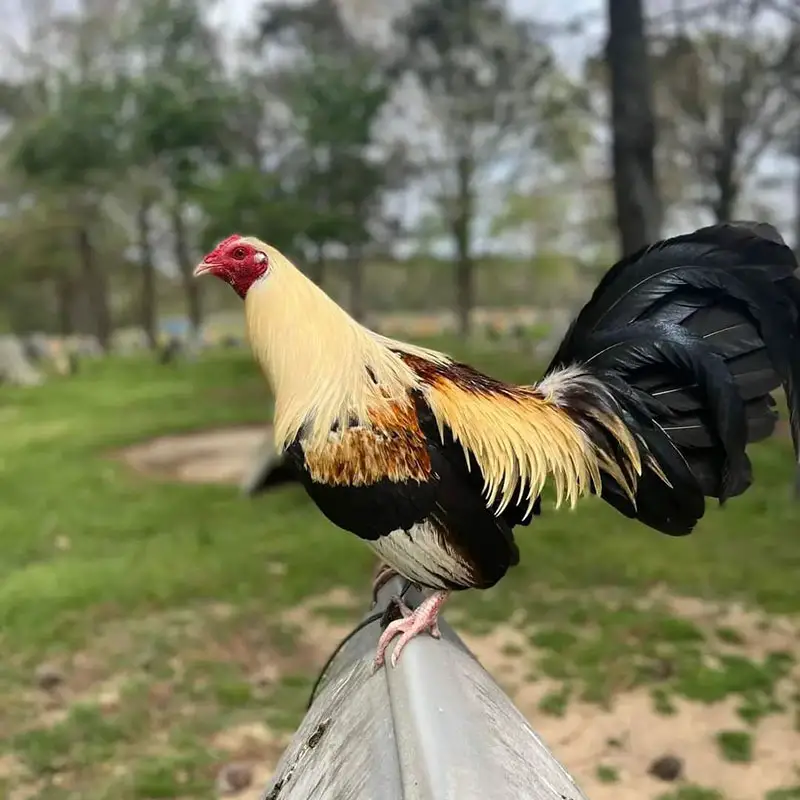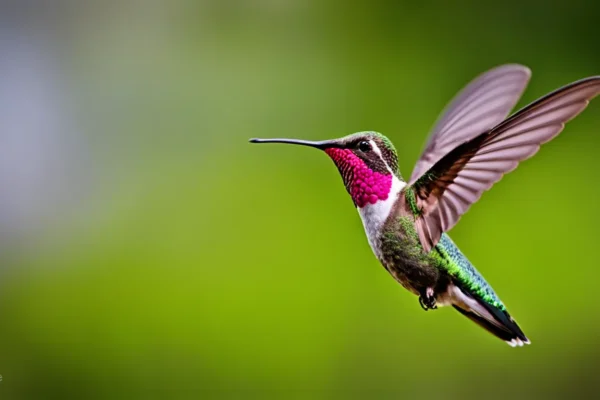Although it’s a hoax, there is an urban tale that says snakes are blind. Although there are blind snakes (the Indotyphlops braminus, aptly named the blind snake), the majority of them are not blind and are able to see with their eyes.
In actuality, snakes have very weak vision—especially when compared to human eyesight. With binocular vision, people view the world in high clarity and vibrant colors. Snakes can only perceive the shapes of the things around them; they view the world in black and white. They won’t see much more than a collection of blobs if you put them in front of a Picasso artwork.
However, whereas blindness is a problem for humans (which is why we developed contact lenses, spectacles, and laser eye surgery), snakes seldom ever experience it. They have evolved to live by using their other senses.
This page will explain what snakes perceive, how their eyes function, and how they have evolved to live in spite of their blindness.
Why Do Snakes Not See Well?
It is thought that the evolutionary process is to blame for snakes’ poor vision. According to some experts, this is because they mostly feed tiny creatures that they track by scent or body heat.
According to some experts, this is because snakes live underground, where there is little light, for the bulk of the year. This would account for the presence of heat-sensitive pits on the faces of several snake species, which improve their night vision.
As they transitioned from lizards to snakes, they lost their external ears and eyelids. They acquired the capacity to smell, which was more crucial to their ability to locate food and elude predators.
In contrast to them, humans have developed keen vision because, as predators, we have to be able to see our prey from a distance and communicate with other members of our species.
Snakes are solitary animals that can survive without the company of other people as long as they can detect their prey’s scent.
What Is the Process of Snake Vision?
Snakes have excellent close-up eyesight, despite their inability to distinguish colors or distant things. This implies that they have exceptionally sharp vision of objects that are directly in front of them. Because of their keen sense of movement, they are also able to identify their prey—or predators—at a distance.
Certain snakes (such as boas, vipers, and pythons) have heat-sensitive pits on their cheeks that assist them identify warm-blooded creatures in the dark. These pits are essentially microscopic openings that lead to a huge cavity filled with heat-sensitive tissue.
The pit senses a change in temperature when an animal approaches the snake and alerts the brain that something is in the vicinity. In this manner, even though the snake is blind, it is aware that something exists.
It’s also important to remember that snakes have UV vision, which allows them to see things that humans cannot. They may use this to locate potential prey that may be hidden in the darkness.
Editor’s note: Pit vipers are one kind of snake that has the ability to see in the dark. This is because they can identify warm-blooded creatures because to the heat-sensitive pits on their faces.
Do Snakes Have Color Vision?
No, snakes are not color-blind. Their vision is limited to black and white. This is due to the fact that their retina—the area of the eye that perceives light—only has one kind of cone cell.
Humans have three different kinds of cone cells, which enable us to perceive a broad spectrum of colors. Cone cells are responsible for color vision.
Certain creatures, such as certain lizards and bees, have two different kinds of cone cells and are only able to perceive a restricted range of hues.
Do Snakes All Have Bad Vision?
You may be asking whether all snakes have poor vision now that we know how snake vision works. No, is the response. Certain snakes, like the boa constrictor, have very keen eyesight.
For accurate strikes, boa constrictors need a good vision of their victim. They would miss and starve to death if they couldn’t see their prey.
The green tree python, the twilight snake, and the king cobra are some other snakes with excellent eyesight. All of these snakes are active during the day, and in order to pursue their prey, they need vision.
Thus, although the majority of snakes have weak vision, others have excellent vision. Everything is dependent on the kind of snake and how it lives.
How Do Snakes With Low Vision Make It Through?
Over thousands of years, snakes have changed to improve their chances of surviving. Since they have access to more advanced hunting techniques, their lack of vision is not really a problem for them.
These techniques are intriguing because they vary greatly from the way we normally see the world. Since snakes cannot see as well as humans can, we are used to believing that they are somehow impaired.
However, the truth is that they have just learned to live in a manner that suits them far better.
This is the way they locate food sources.
Tongue Aroma
Although they can smell via their noses, snakes seldom ever utilize them to find food. The primary function of a snake’s nostrils is breathing. Rather, they utilize their tongues to sniff their prey.
Snakes are sampling the air as they move their tongue around incessantly. They are searching for food via scent, but what’s interesting is that, unlike most other animals, they do not use their noses to detect scent. Rather, they depend on the two glands known as the Jacobson’s organ located above their mouth to aid with their sense of smell.
Particles in the air are captured by the tongue and returned to the Jacobson’s organ. After examining the particles, this organ notifies the snake whether there is food in the area or not.
Editor’s note: Some snakes don’t even bother trying to see using this strategy since it works so well. For example, the blindsnake is a little snake that lives underground its whole existence. It is constantly in the dark, so its tiny eyes are absolutely worthless. It utilizes its sense of smell to locate food and elude predators rather than its eyes.
Feelings
Snakes may also detect vibrations in the ground to locate their prey. This explains why snakes often have their heads up high in the air, as if they are attempting to detect any vibrations from a nearby walking animal.
It’s important to remember that snakes can detect vibrations via their skin, so never attempt to grab one by the tail. Your movements will cause vibrations in the snake, which may lead it to believe you are prey.
Thermoreception
Snakes with heat-sensitive pits on their faces have previously been discussed. These pits are essentially microscopic openings that lead to a huge cavity filled with heat-sensitive tissue.
The pit senses a change in temperature when an animal approaches the snake and alerts the brain that something is in the vicinity.
How Do Snakes Get Away From Hunters?
As you would expect, given their poor vision, most snakes seem to be easy pickings for predators. However, they have evolved defense mechanisms against predators in addition to obtaining food.
They conceal themselves as one method of doing this.
The majority of snakes are excellent at hiding from predators because of their ability to blend in with their environment. This is particularly true for desert-dwelling snakes, since they are used to large amounts of sand that are essentially uniform in color.
Snakes may also escape entanglement by possessing poison.
Certain snakes are poisonous, as you are well aware, and may kill their prey with a single bite. Although it works well to ward off predators, this tactic carries some danger.
The snake may end up eaten even if it bites a predator that is too big for it to kill.
The snake can always go away if things are not going as planned. Many snakes have a fast slithering speed that makes it challenging for predators to capture them.
Thus, despite their poor vision, snakes have evolved in other ways that enable them to thrive in the environment.
In conclusion
Despite having poor vision, snakes have evolved various strategies for locating food and evading predators. They are among the most intriguing animals on Earth because of their unique adaptations.
It is crucial to keep in mind that snakes are an essential component of the ecosystem, despite the fact that most people find them unpleasant or at the very least frightening. Many creatures could not live without them.
And they have very intriguing qualities. Thus, the next time you encounter a snake, be astonished rather than afraid.


![Fascinating Animals that Live in Lakes [Fish, Amphibians, Reptiles, Birds and More]](https://birdsology.com/wp-content/uploads/2024/02/Water-Salamanders.jpg)




One thought on “Can Snakes See Or Are They Blind?”